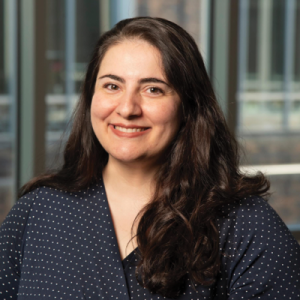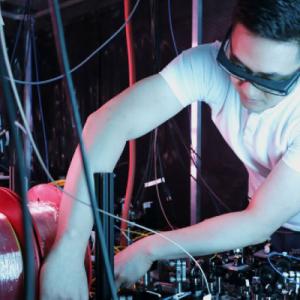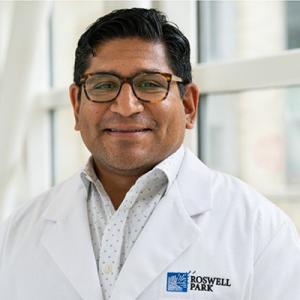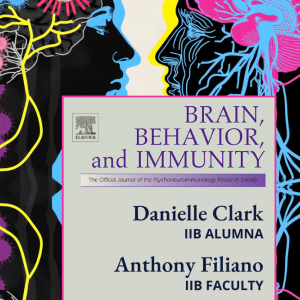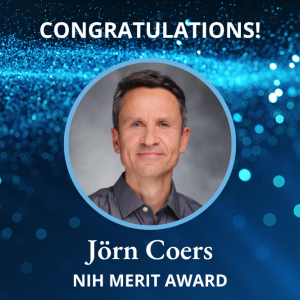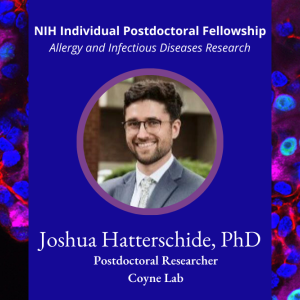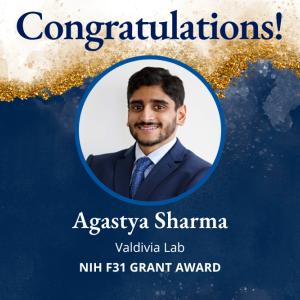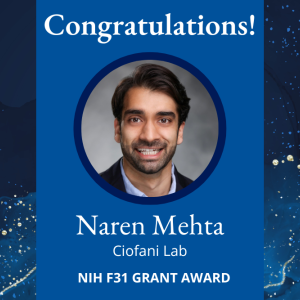Neuro-Immune Link Could Shape Brain Development, Study Finds
Research from the lab of Staci Bilbo, PhD, adds to a growing body of work showing the brain doesn’t develop on its own.
What Makes Immune Cells Switch Personalities?
When the gut, lungs, or skin encounter harmful bacteria or fungi, many different immune system cells can respond. One type, interleukin-17-producing γδ T (Tγδ17) cells, are usually helpful, but if they get out of balance, they can contribute to autoimmune diseases or even help cancer grow.
Building Better Immunotherapy
Thanks to the collaborative work of immunologist José Ramón Conejo-Garcia, MD, PhD, and cancer specialist Scott Antonia, MD, PhD, CAR-T cell therapy may soon help more patients fight cancer.
Explainer: Why Universities Need Support for Research Facilities and Administrative Costs
The National Institutes of Health's proposal to cap reimbursement of facilities and administrative (F&A) costs on research grants at 15% would significantly slow or cease scientific and biomedical research at Duke and other research institutions. Here is an explanation of what F&A costs are and why they are such a critical piece of the research endeavor.
IIB Alum Marco L. Davila, MD, PhD, to Present Talk at Duke
Marco L. Davila, MD, PhD, of Roswell Park Comprehensive Cancer Center, will present, “Mechanisms of Toxicity and Treatment Resistance to CD19- targeted CART cells” at Duke Cancer Institutes’ Seminar Series on Wednesday, January 22, 2025, at 8AM.
Study in Mice Links Immune System to ADHD, Neurobehavioral Conditions
Building on research that has linked immune responses with certain neurobehavioral conditions, researchers at Duke Health have identified how a key infection-fighting function is involved in triggering hyperactive behaviors in mice
Joshua Hatterschide awarded NIH Individual Postdoctoral Fellowship
Joshua Hatterschide of Carolyn Coyne's Lab was awarded a prestigious F32 grant from the National Institute of Environmental Health Sciences (NIEHS).
PhD candidate Agastya Sharma awarded NIH F31 grant
Agastya Sharma's Fellowship application was awarded from the NIH after receiving a perfect score. Agastya is currently a Molecular Genetics and Microbiology grad student in the lab of Raphael Valdivia.
PhD candidate Naren Mehta awarded NIH F31 grant
On November 27th, Naren Mehta of Maria Ciofani's lab was awarded a highly prestigious F31 grant from the The National Institutes of Health, supporting 3 years of funding.

